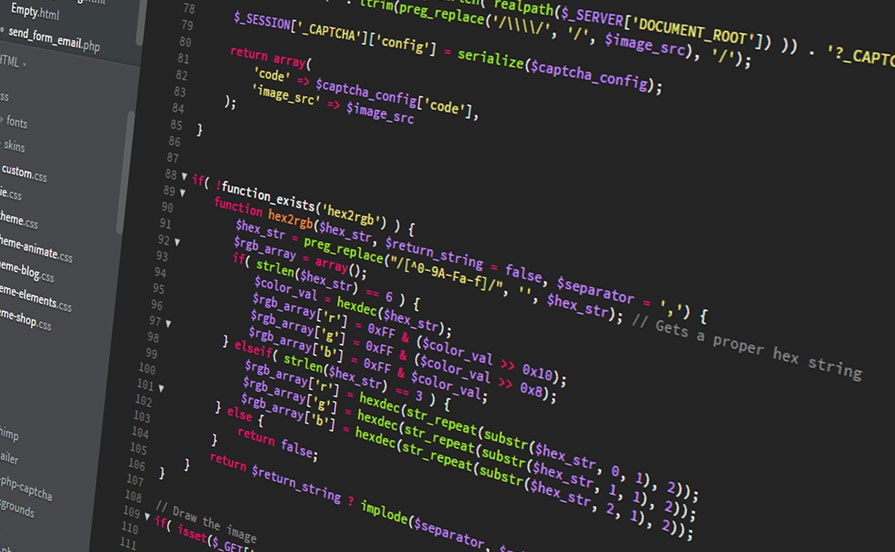How I Build Scalable Web and Mobile Apps

In today’s digital age, building an app that works isn’t enough — it also needs to scale. Whether it’s a startup MVP or an enterprise-grade solution, the ability to handle growth efficiently defines the long-term success of any application.
What Does "Scalable" Really Mean?
Scalability means your app can handle increasing users, data, and traffic without sacrificing performance or stability. A scalable app is built to grow — technically and strategically — without needing a total rebuild.
My Approach to Scalable Development
As a full-stack web and app developer, my process is built around modern technologies, clean architecture, and modular code. Here's how I make apps that are ready to grow:
- Modular Code Structure: I break features into reusable components and services. This makes apps easier to update, debug, and expand later.
- API-First Design: APIs allow apps to communicate smoothly with other platforms. I focus on RESTful or GraphQL APIs for flexible data handling.
- Responsive & Adaptive UI: Whether on mobile, tablet, or desktop — every app I build adjusts perfectly to the user’s device using frameworks like Flutter or responsive CSS with React.
- Optimized Databases: I use indexing, caching, and relational or NoSQL models (depending on the use case) to ensure fast data access even with large volumes.
- Cloud Infrastructure: Hosting on scalable cloud services like Firebase, Supabase, Vercel, or AWS ensures high availability, real-time sync, and automated scaling.
Tech Stack I Often Use
Here’s a look at some tools and frameworks I rely on for building scalable web and mobile applications:
- Front-End: React.js, Next.js, Tailwind CSS
- Back-End: Node.js, Express, Django, Supabase
- Mobile: Flutter, React Native
- Databases: PostgreSQL, MongoDB, Firebase Realtime DB
- Deployment: Vercel, Render, Netlify, Heroku
Performance and Optimization
I prioritize performance from day one — lazy loading, image optimization, server-side rendering, and minimizing API calls are just a few techniques I apply to keep apps fast and responsive under load.
Real-World Example
I recently built a mobile inventory management system for a growing retail business. Using Flutter and Firebase, the app handles real-time stock updates across multiple users and devices. As the business grows, the app scales with no loss in speed or reliability. That’s the power of scalable architecture.
Conclusion
Building scalable apps is about planning for success from the beginning. It requires thoughtful design, reliable code, and future-ready infrastructure. Whether it's a web dashboard or a cross-platform mobile app, I build solutions that perform today — and keep performing tomorrow.
Need help turning your idea into a scalable app? I’d love to be part of your journey.









